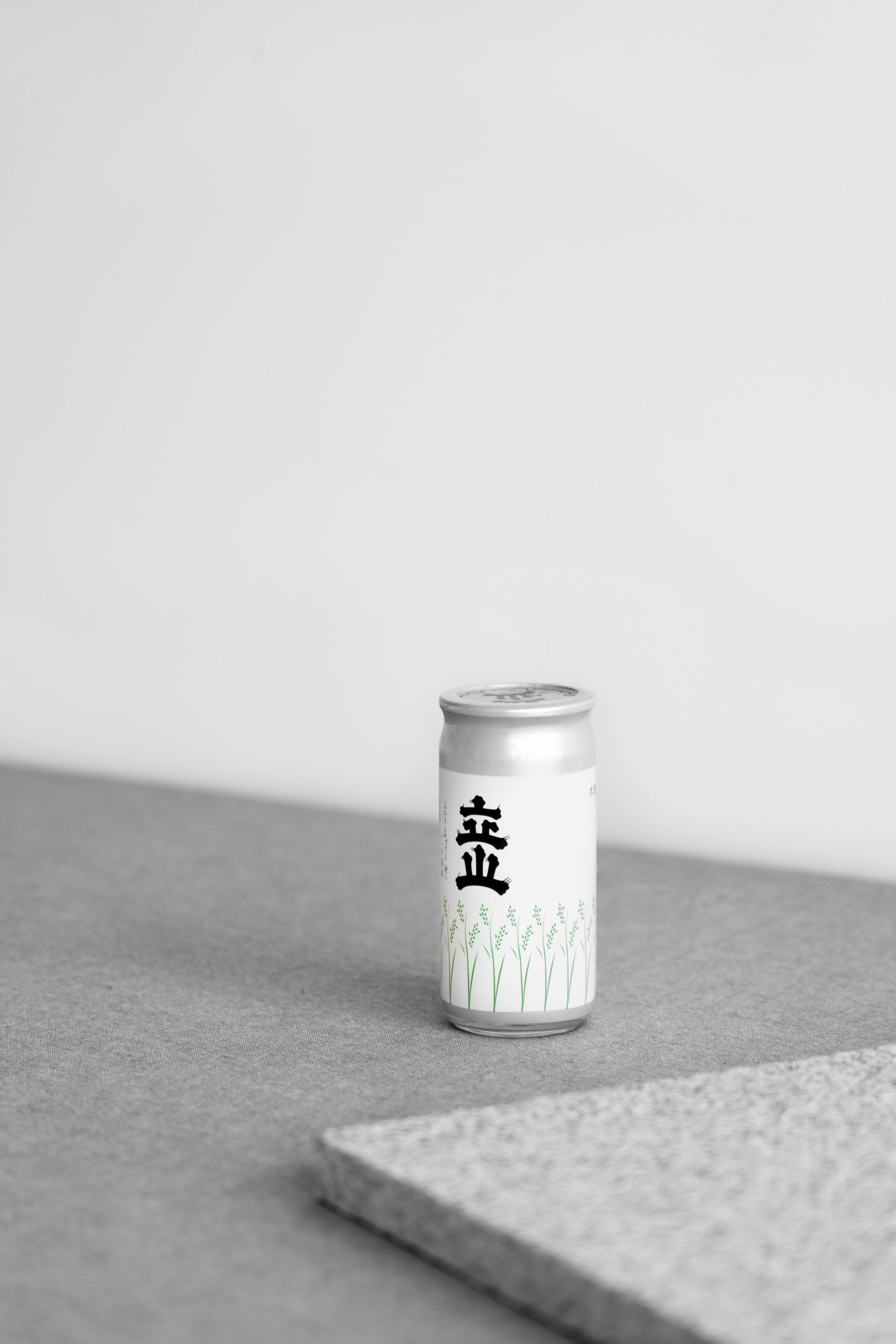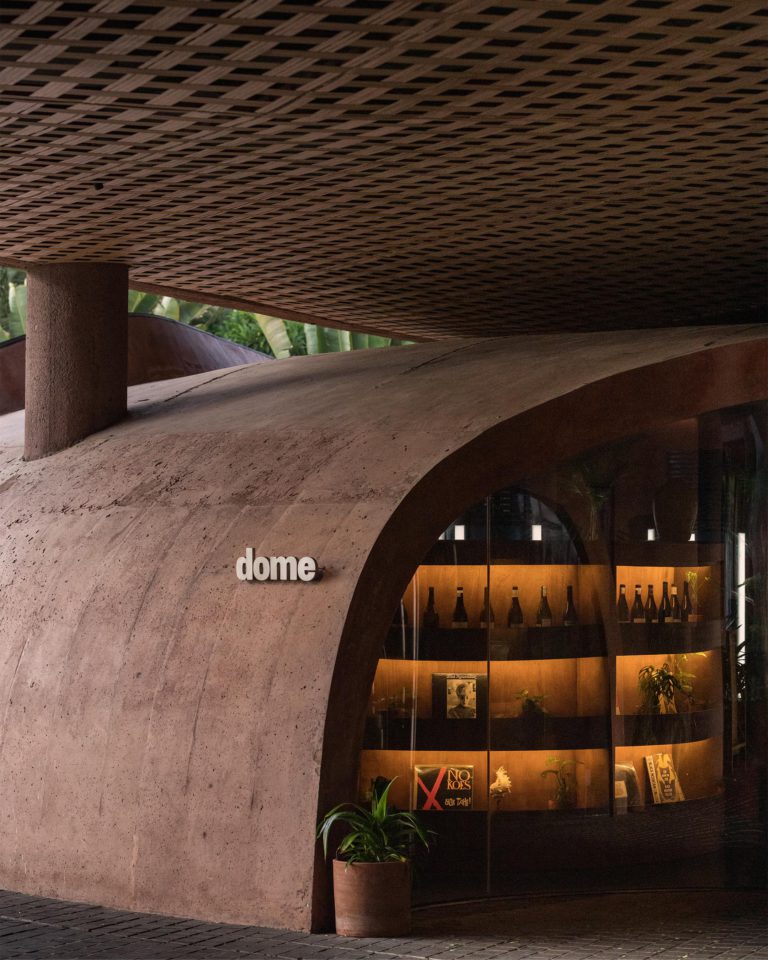As Japan’s time-honoured national drink, saké is understandably highly prized in the land of the rising sun, used extensively in ceremonies and special events. While the diversity of saké has often been lost in translation outside of Japan, perception is shifting as the wider world learns more about this incredibly complex rice wine, and the range of flavour profiles discerning saké lovers have been enjoying for decades. So just how much is there to know about saké? Softer Volumes caught up with passionate saké Master and Australian-based importer Toshi Maeda to better understand the drink, which is widely known in Japan as Nihonshu (literally translated to mean ‘Japanese Liquor’).

Category: Daiginjo
Seimaibuai: 40%, Nihonshudo: +3
Food Matching: Wagyu carpaccio, aburi salmon sushi
Born in Kobe in the mid-1970s, Toshi first moved to Australia in 1996. A former musician, he is the owner of renowned Melbourne izakaya Maedaya, famous across the city for its enviable saké collection. Toshi is well equipped to examine the many nuances found within the art of saké making, given his enthusiasm, which began at age 25 when he discovered the fragrance and texture of a high-grade premium saké called Tatsuriki Daiginjo Komenosasayaki.
Starting with the basics. Toshi explains that saké is generally made up of only water, rice, yeast, and koji — a type of mould often used to both ferment soybeans and make alcohol. The rice is milled down until mostly starch remains, stripping away the protein, fat and other impurities that can be found in rice grains.

Category: Junmai Daiginjo
Seimaibuai: 50%, Nihonshudo: +2
Food Matching: Scallops, pork, light meats
“Rice is ground away between 30% and 65%”, said Toshi, who highlighted that the percentage of rice milling — called ‘seimaibuai’ — is one of the most important parameters in determining where a specific saké sits in one of four major grades: Honjozo, Junmai, Ginjo, and Daiginjo.
“A seimaibuai of 70% means that at least 30% of the outer portion of each rice grain has been milled away”, explained Toshi. “In general, the lower the seimaibuai rate goes, the more the fragrance and delicacy of taste will appear.”

Category: Ginjo
Seimaibuai: 55%, Nihonshudo: +1
Food Matching: Kisu (Japanese whiting) tempura
Next, the rice is washed, soaked and steamed for only one day before the koji mould is sprinkled on and left to cultivate onto the rice in a special cedar-lined and temperature controlled room called ‘koji muro’. It is during this process that the flavour of saké is mainly determined, as the starch breaks down and turns into sugar.
Finally, saké moves into the fermentation process before being pressed and, in some cases, filtered through powdered carbon to remove unwanted flavour elements.

Category: Junmai Daiginjo
Seimaibuai: 50%, Nihonshudo: 1
Food Matching: Sashimi with wasabi and soy
A saké with no grade is called ‘Futsushu’, a category that accounts for 75% of saké produced, while ‘Tokutei meishoshu’, premium saké, makes up the remaining 25%. The higher end moves into those four grades mentioned earlier, like Honjozo, which is saké with a seimaibuai of 70% or less, described by Toshi as “light and earthy”.
The absence of a seimaibuai rate would usually denote a Junmai, which means 100% pure rice saké without any additives such as alcohol, sugars and starches. These types of saké, in general, have clean and smooth flavours with medium body and richness.

Category: Junmai Ginjo
Seimaibuai: 55%, Nihonshudo: +3
Food Matching: Tempura prawns, kingfish sashimi
Prices rise when you reach Ginjo, denoting saké with a seimaibuai of 60% or less. Toshi says, “Ginjo is made with extra elements such as special Ginjo yeast and low- temperature long-term fermentation”. Usually, this imparts a fruity and flowery fragrance, and a delicate flavour. “Ginjo without any additives is called Junmai Ginjo”, added Toshi.
The highest grade of saké is Daiginjo, with a low seimaibuai of 50% or less. “Daiginjo is made with extra care and top- grade saké rice such as Yamada Nishiki, Miyama Nishiki or Gohyakumangoku”, explained Toshi. “Generally, Daiginjo has complicated layers of flavour”. It’s recommended that people drink this served cold or at room temperature. If a saké in this category has no additives, it is called a Junmai Daiginjo.

Category: Futsushu
Seimaibuai: 60%, Nihonshudo: +6.5
Food Matching: King crab nabe (Japanese hot pot)
Within these categories are different varieties of saké. They range from fresh, unpasteurized saké (‘nama’) to saké made by adding other saké, instead of water, in the final stages of brewing (‘kijoshu’). And with those come different ways to drink saké, chilled or warm.
Another thing to look out for on a saké label is the Nihonshudo rating, or the ‘Saké Meter Value’, which indicates whether a saké is dry, sweet or neutral along a range of -15 (sweeter) to +15 (drier). These characteristics are also influenced by the acidity, in that a higher level of acidity can make a sweet saké taste drier than it is.

Category: Junmai
Seimaibuai: 70%, Nihonshudo: +4
Food Matching: Oysters, sushi, sashimi, beef carpaccio
“When you drink high-grade saké such as Junmai Daiginjo, you can chill the bottle in the fridge for a few hours before you open it”, suggested Toshi. “You can pour chilled saké into a wine glass for maximum aroma or use Japanese saké glassware”.
To serve warm, pour the saké into a ceramic saké decanter and bathe it in hot water for 4-5 minutes before pouring into ceramic saké cups and sipping.
For those keen to start exploring, Toshi recommends aromatic Junmai Daiginjo varieties, served chilled. Or you can always go straight to the top and try Toshi’s personal favourite, the aforementioned Tasturiki Daiginjo Komenosasayaki, a profile he describes as having “beautiful nashi pear, white peach aroma and long lasting, full taste”.






